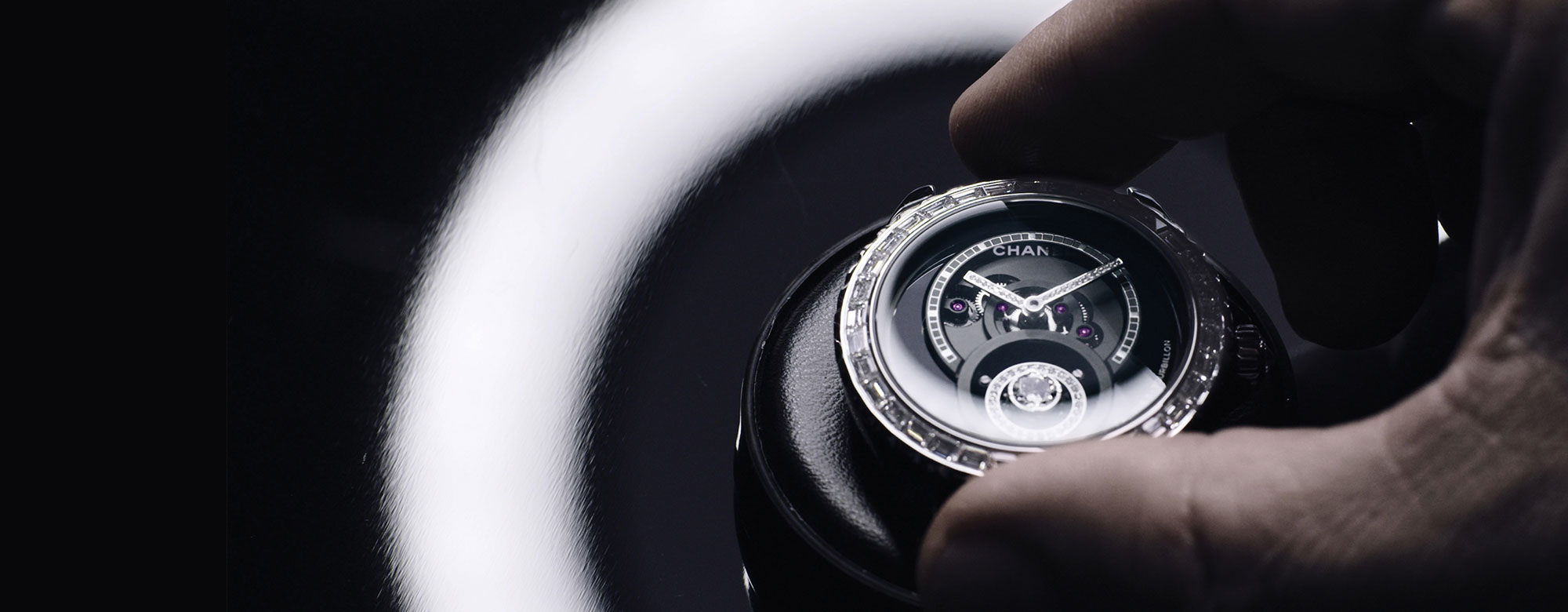
Discovering Unique Instruments: A Guitar That Roars
How Canadian luthier Thierry André turned a eureka moment into an international career
- Text by J.H. White
- Photos Courtesy of Thierry André
“When I understood that I could learn to make a guitar, that I could create sound with my own hands and toolbox, I cried.”
—Thierry André, maker of unique instruments
When Thierry André first picked up a guitar he felt as though the vibrations of the strings were bound to the divine.
At that moment, the physics and chemistry he was learning in high school started to make sense, as if they were encompassed within that one note of music.
That eureka moment was a call of destiny he couldn’t ignore.
“It was like discovering a new universal language,” André says. “A big door opened in front of me. That vibrating string gave me a road to follow.”

A musical calling
From fixing a friend’s bike to building a ramp for the local skate park, André has always found joy in working with his hands. Yet as a teenager, his private high school was directing him toward more academic professions like law or medicine.
“I was honestly feeling a little lost, and I didn’t know where to put my energy. I didn’t find satisfaction in my academic studies,” André says.
It was during this time that he fell in love with the guitar. André had a strong sense of musicality but it never dawned on him that he could make such a magical instrument with his own hands.
Inspired for a Beautiful Life
Related Articles

A New CHANEL Watch: The J12 Diamond Tourbillon Caliber 5
A beacon of watchmaking expertise

Scottish Knits Turn to Parisian Style at Chanel
The finest Scottish cashmere puts a soft spin on Parisian sophistication at Chanel.

Healing Travel
From meditation to holistic spas, enhance your well-being at these six wellness treatment destinations.










